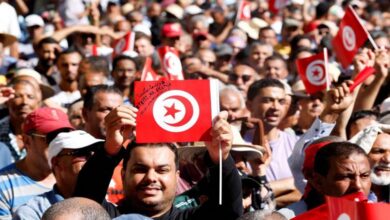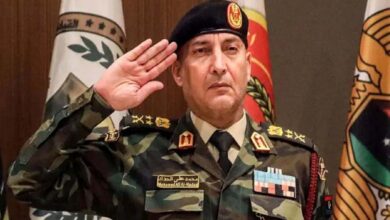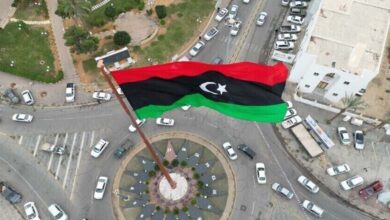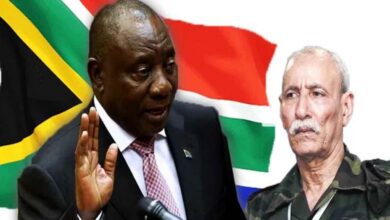Weapon Chaos in Libya: Zawiya under the Grip of the Al-Farr and Al-Qasab Conflict
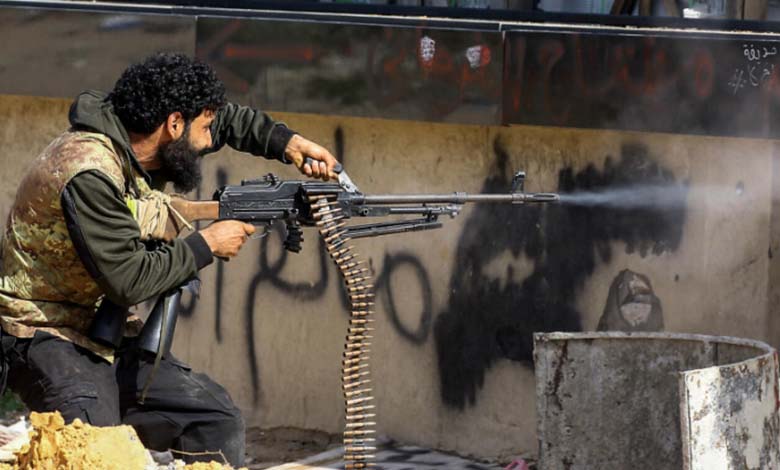
Armed clashes have reignited in the city of Zawiya in western Libya between rival militias, creating a state of terror and insecurity among residents.
These confrontations have erupted amid a complete absence of state institutions and the growing influence of warlords in the region.
-
Political Stalemate Brings Militias in Western Libya Back into the Spotlight
-
Western Libya Ablaze: Bloody Clashes Turn Streets into Warzones
Road Blockades
Security sources and eyewitnesses from the city reported that masked gunmen in tinted-windowed 4×4 vehicles blocked the international coastal road linking Tunisia and Libya, specifically at the Harsha Bridge, as heavy gunfire was exchanged between armed groups in the “Rkina” area within the city.
According to sources, the fighting parties used light and medium weaponry, causing significant damage to infrastructure and spreading fear among civilians. Due to the ongoing clashes and the deteriorating security situation, it has been impossible to accurately assess the number of casualties.
-
Libya Thwarts a Major Terrorist Plot near the Tunisian Border
-
Corruption and Terrorism Financing Drive Washington to Suspend Aid to Libya
Power Struggle
The clashes erupted between militias led by Mohamed Bahroun, known as “Al-Farr,” who is wanted by the Attorney General on criminal charges, and militias led by Mohamed Kashlaf, known as “Al-Qasab,” who faces accusations of smuggling and drug trafficking.
Sources indicated that the violence broke out after a member of the “Al-Farr” militia, named Alaa G., nicknamed “Chaïta,” was killed by gunmen affiliated with “Al-Qasab,” sparking a bloody conflict between the two factions.
-
Libya’s Muslim Brotherhood Incites Armed Resistance Against Peaceful Solutions
-
Transfer of Armed Elements from Syria to Libya… A New Muslim Brotherhood Plan
Hostage to Militias
The city of Zawiya, home to one of the country’s most important oil refineries, has in recent years become a major hub for smuggling and organized crime. It is controlled by armed groups with varying loyalties, whose leaders share political, security, and economic power beyond the reach of the state.
Clashes frequently erupt in the city due to disputes over areas of influence and the division of illicit revenues, highlighting the extent of the arms chaos and the absence of rule of law.
-
A Scheme That Made Them Outcasts: The Waning Influence of the Muslim Brotherhood in Libyan Municipal Elections
-
Militia Power: The Kidnapping of an Intelligence Officer Denies Europe Access to Libyan Gas
Uncontrolled Weaponry
Since the fall of Muammar Gaddafi’s regime in 2011, Libya has suffered from weapon chaos, with more than 29 million firearms circulating outside state control, according to unofficial estimates.
The western region, especially Zawiya, remains one of the key hotspots for this phenomenon, undermining any attempt to build a stable state.





